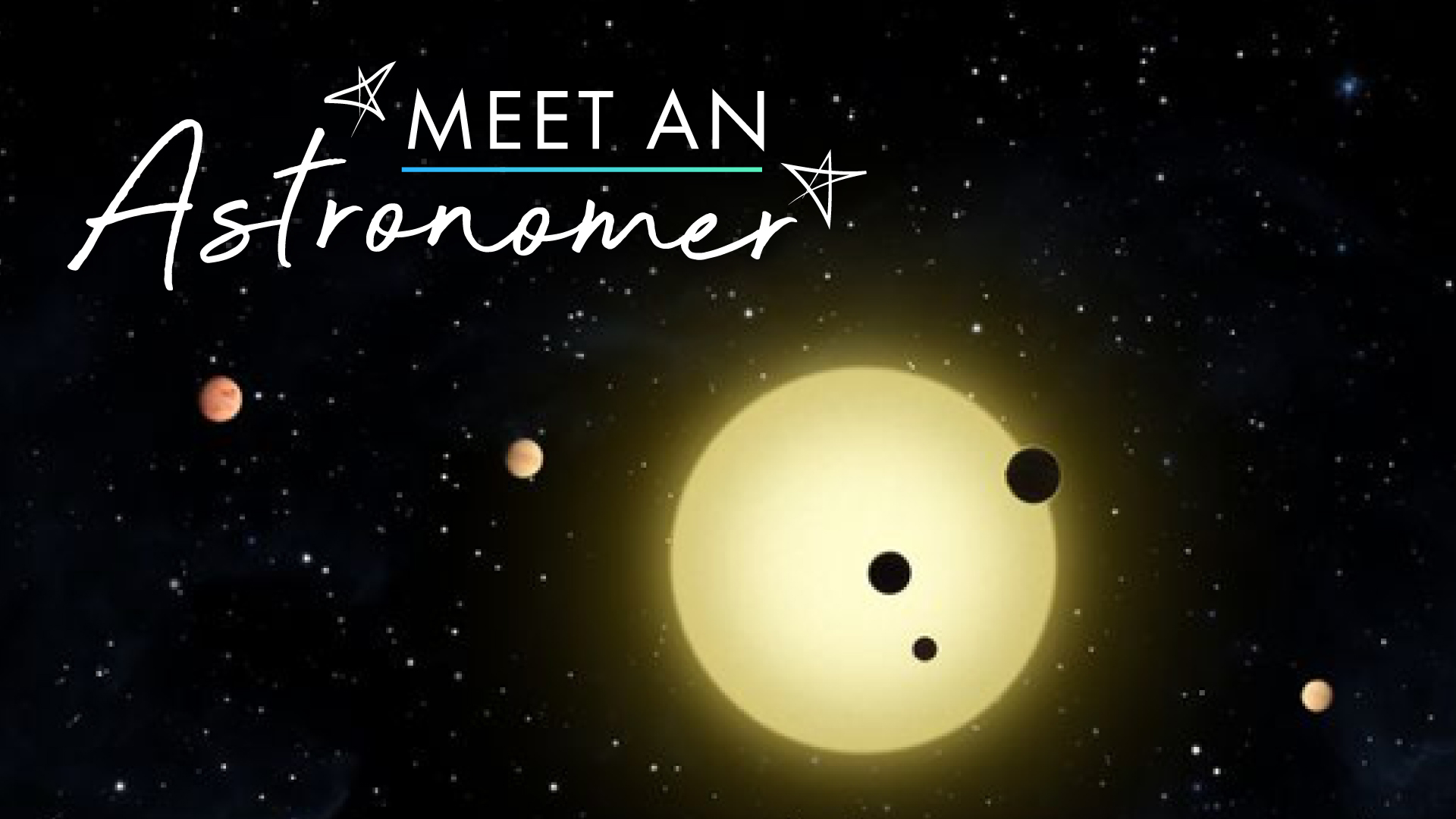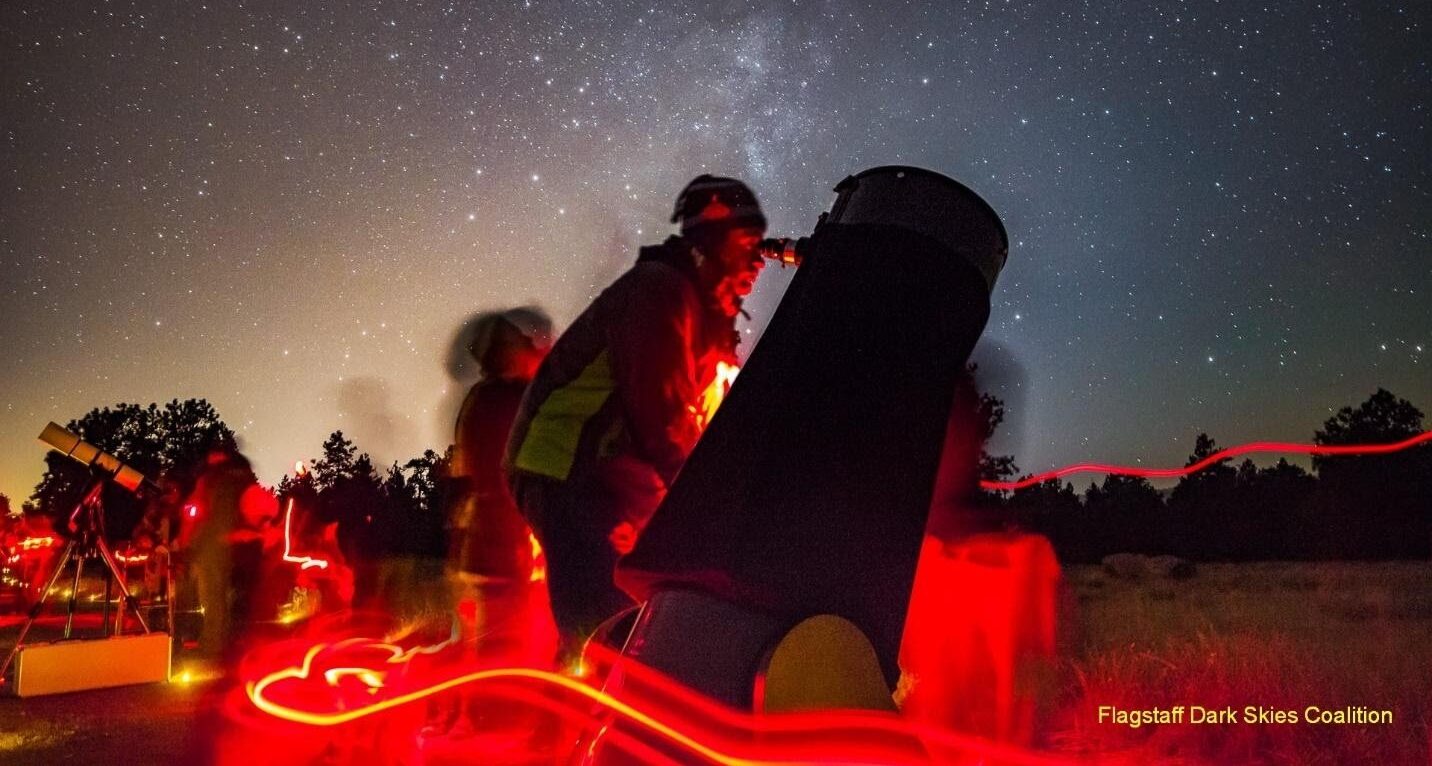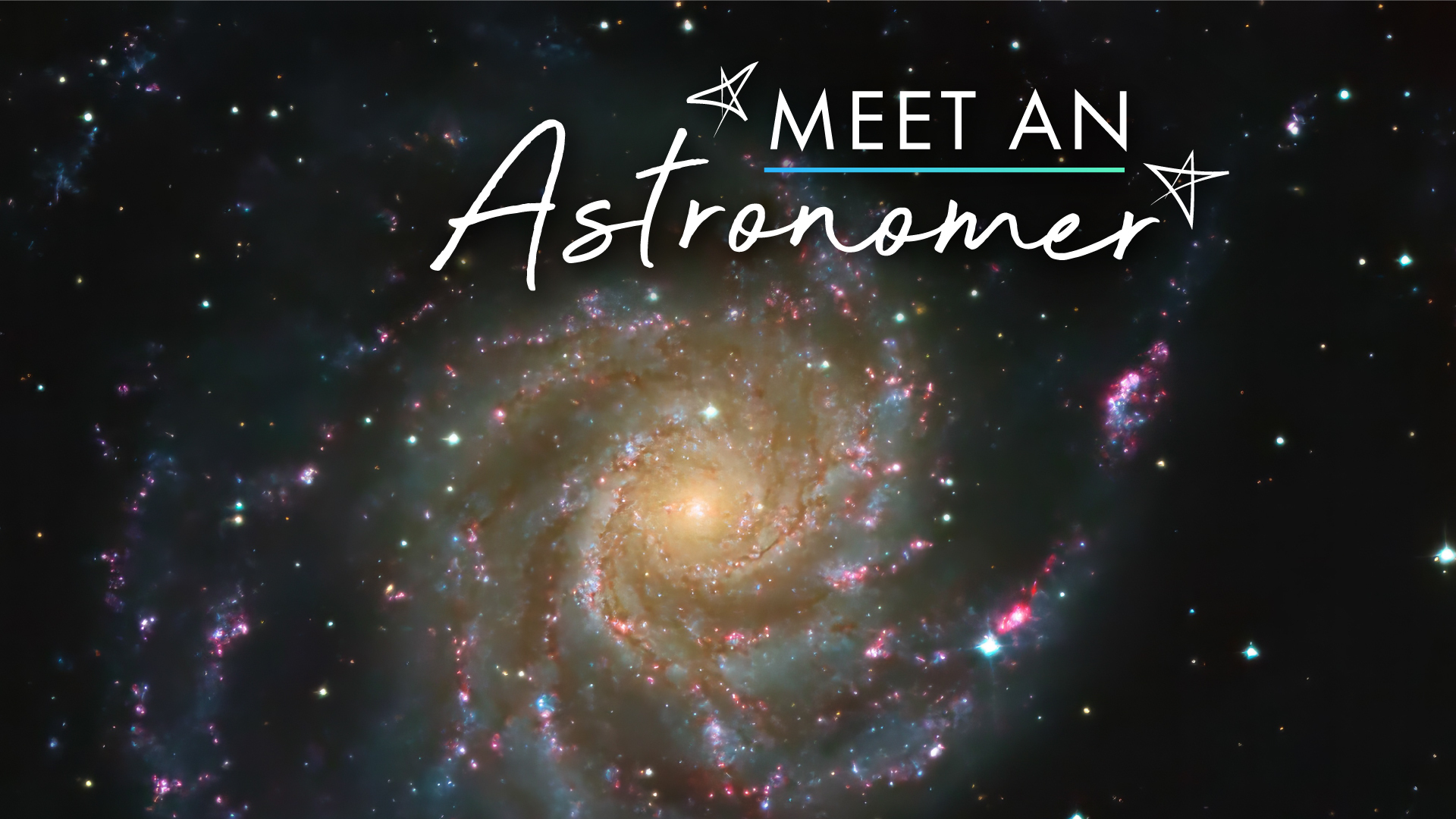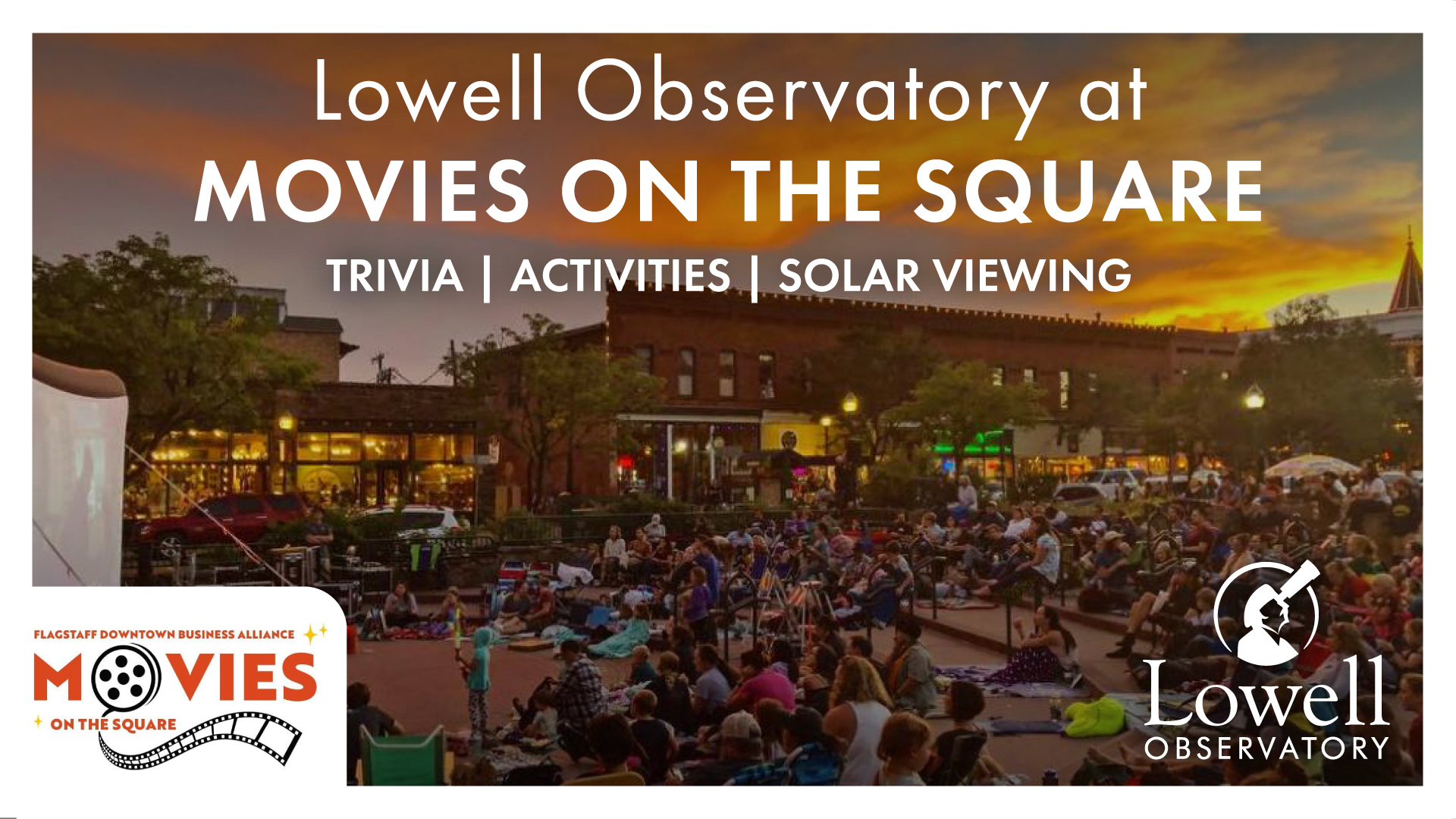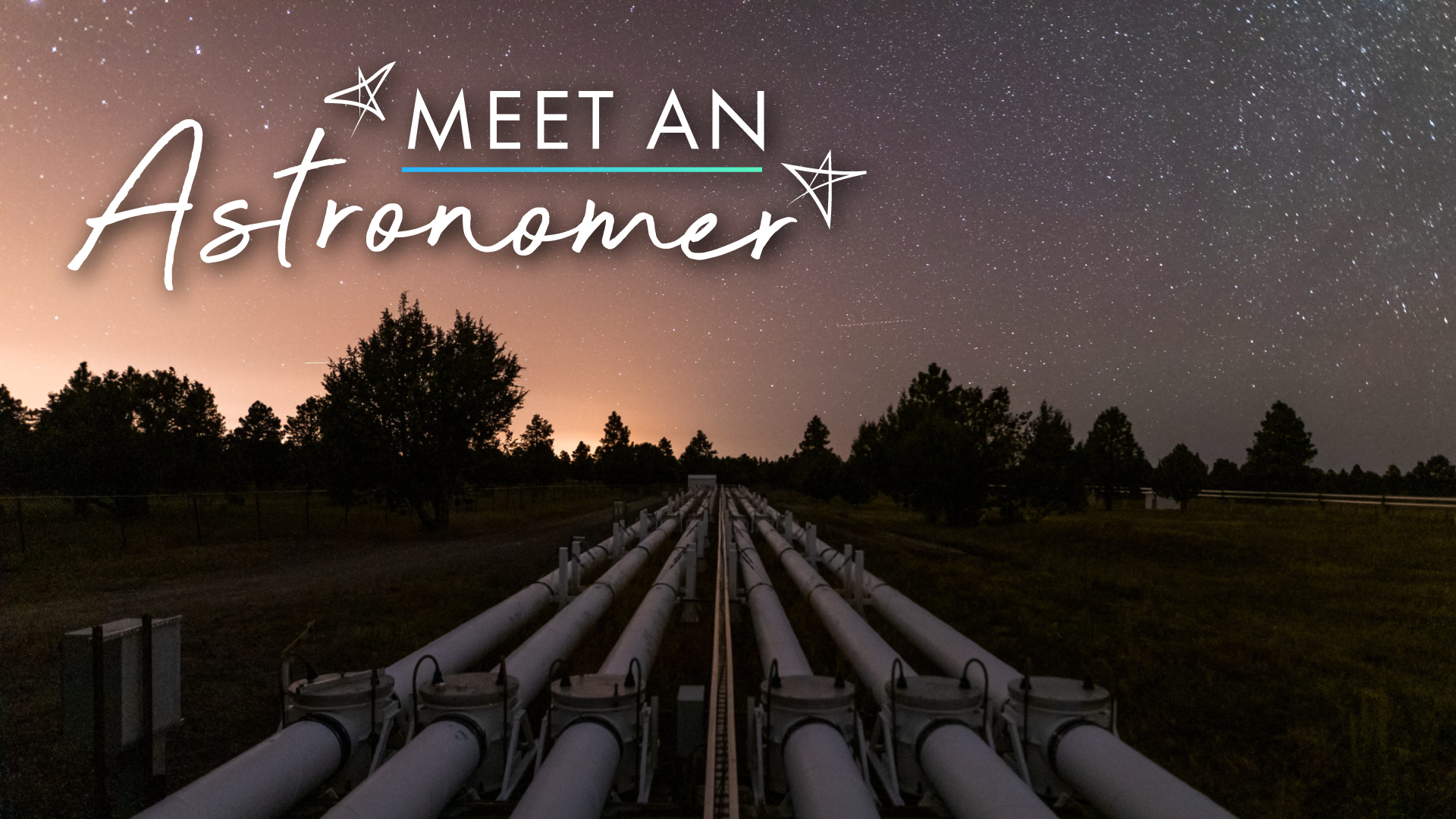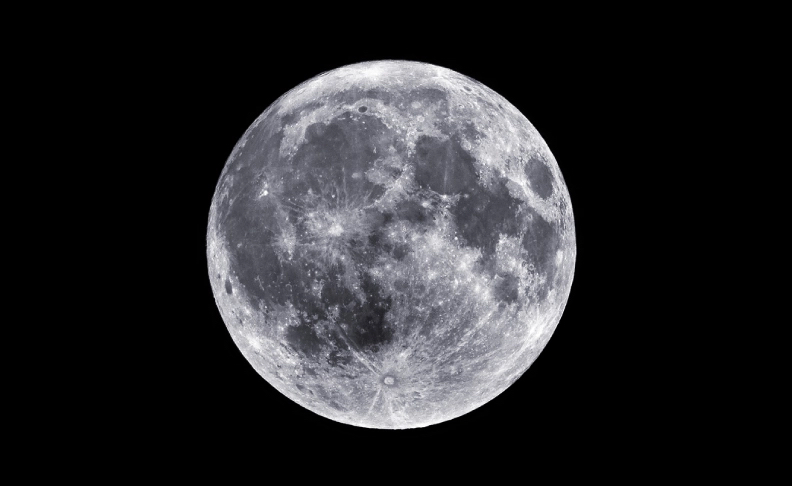Winter Trips to Lowell Observatory
Get the most out of your seasonal visit.
Imagine a Place Like Snow Other
Did you know that Flagstaff, Arizona is one of the snowiest cities in the US?
It’s true! Located at an elevation of 7,000 feet, our cozy mountain town receives an average of 100 inches of snowfall each year. If you dream of postcard-perfect winter getaways complete with snowball fights, sledding, hot chocolate, and more, Flagstaff is the perfect destination.
Those looking to add an astronomical element to their winter itinerary should look no further than the top of Mars Hill. Though snowfall and freezing temperatures can sometimes inhibit stargazing and telescope viewing, there’s no shortage of winter activities at Lowell Observatory!
Keep this page on your radar for the latest on enjoying your visit to Lowell Observatory during the winter season.
Winter Hours
(Labor Day – Memorial Day)
Monday: Closed
Tuesday: Closed
Wednesday: Noon – 10pm
Thursday: Noon – 10pm
Friday: Noon – 10pm
Saturday: Noon – 10pm
Sunday: Noon – 10pm
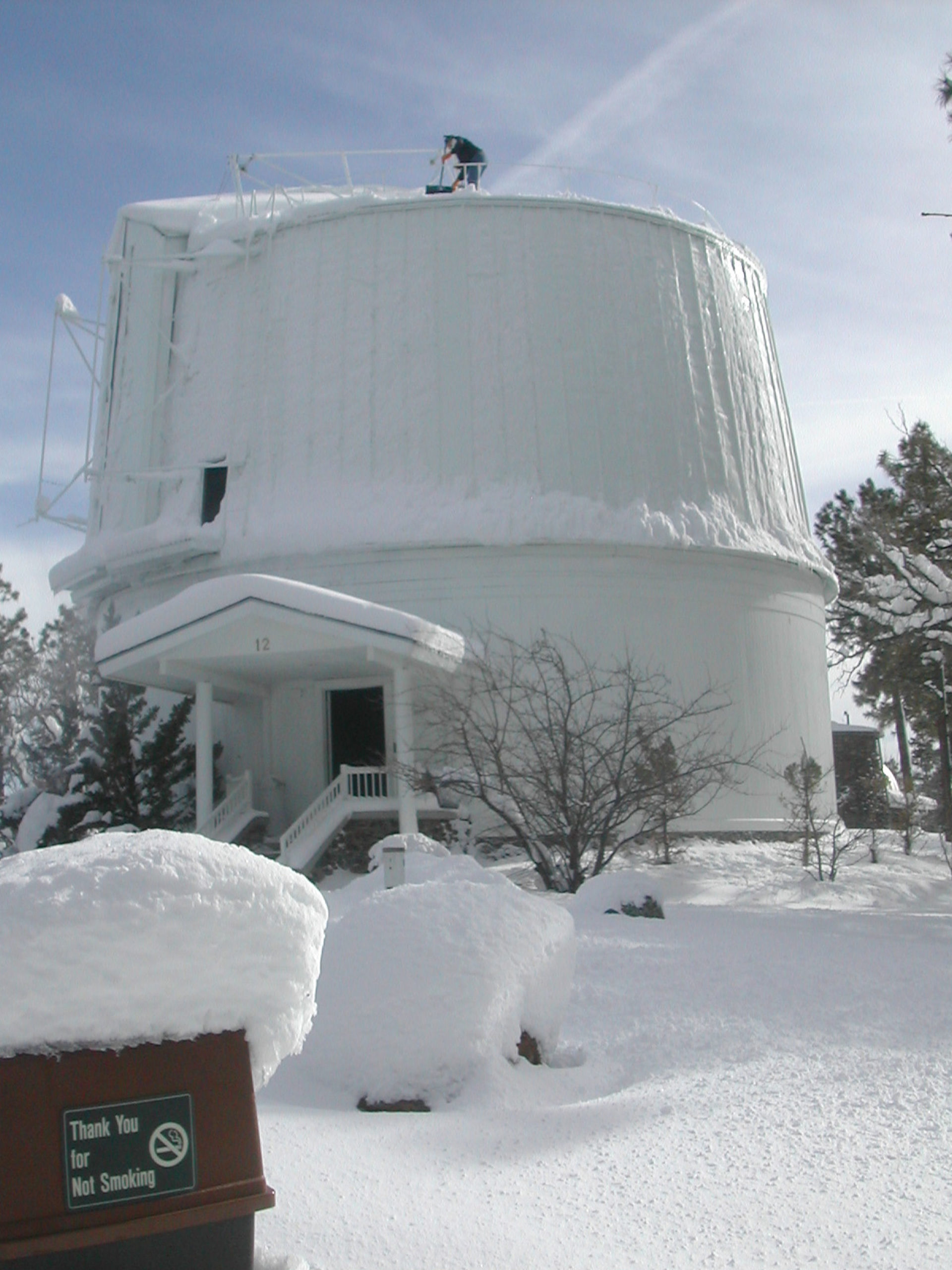
What to Wear
Not sure how to dress for cold weather? Follow these tips to dress for success during your visit!
In cold weather, it’s important to keep your core warm! This means layering your clothes, especially if you don’t have a thick snow jacket handy. We recommend wearing a long sleeve shirt as your base layer, followed by a thinner zip-up jacket or hoodie, and finally, a thick snow or ski jacket as your outer layer. If you get too warm, simply take off a layer and keep it handy in case the temperature drops.
Wear long pants, and for extra warmth, layer up with a pair of tights or yoga pants underneath!
Have you ever noticed that your hands and feet are the first things to get cold? This is because in cold weather, our bodies constrict the blood vessels that keep our extremities warm and redirect that blood flow to the core to keep our vital organs warm. As a result, our hands and feet get cold more easily. You can remedy this by wearing gloves or mittens on your hands, and thick socks on your feet.
Our maintenance team works hard to keep paths and parking lots on campus clear of snow, but slippery ice can still collect in some areas. If you don’t have snow boots, make sure the shoes you wear during your visit are comfortable to walk in and have good tread on their soles. Shoes with smooth bottoms or very little tread (like cowboy boots, Vans, Converse, etc.) won’t help you keep your balance!
If you find yourself walking on ice, shift your weight forward and take small, shuffling steps like a penguin. Take your time, and resist the urge to grab on to other members of your group — if you slip, there’s a good chance you’ll take them down with you!
Did you know that 10% of your body heat escapes through the top of your head? Keep it where you need it by wearing a hat when you’re outdoors. Any type of hat will do, but we recommend a nice beanie to get the job done. Don’t sweat it if you forget to bring one — we sell them in the Starry Skies Shop!
Winter Constellations
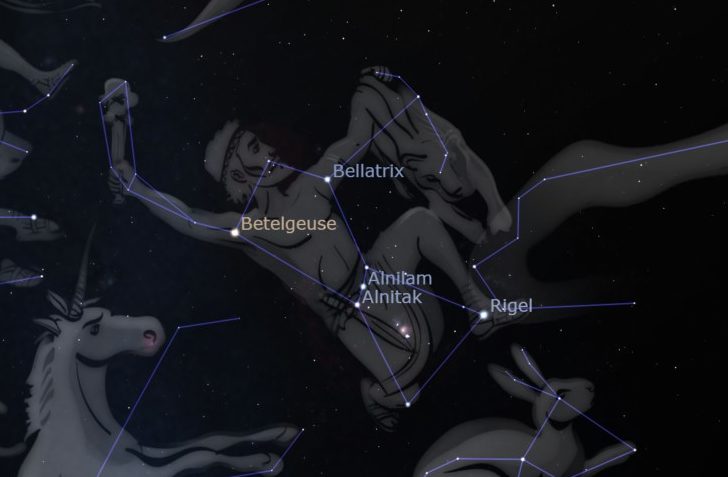
Orion
The Hunter
Orion is the most visible and distinguishable constellation in the winter night sky. It is recognizable by three bright stars (Mintaka, Alnilam and Alnitak) which form a straight line known as Orion’s Belt. The Belt is so visible that it serves as a landmark in the sky to spot other constellations.
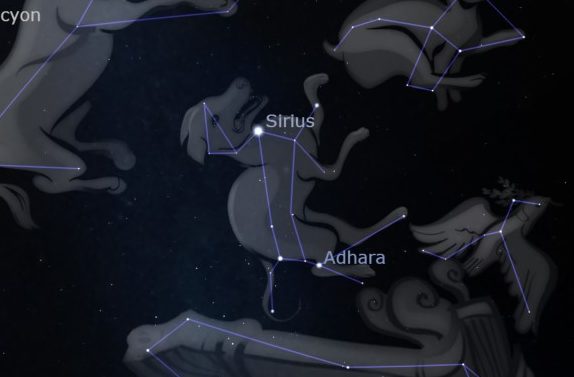
Canis Major
The Dog
Canis Major is visible in the southern sky during winter months for observers in the northern hemisphere. It’s possible to find Canis Major without any reference points, as Sirius, the brightest star in the sky, is part of this constellation.
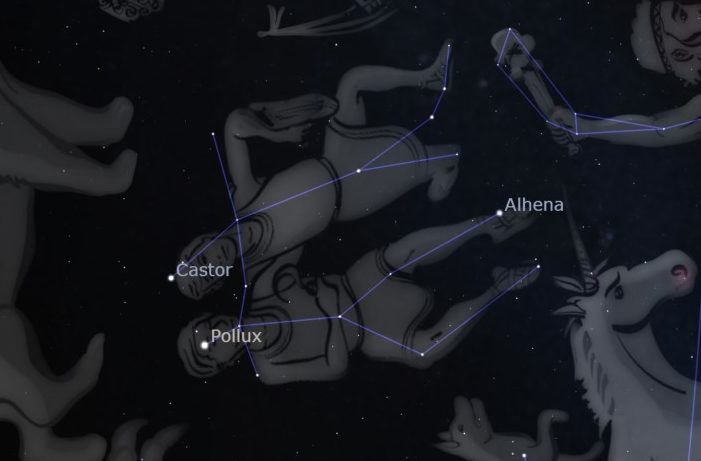
Gemini
The Twins
Gemini is found to the northwest of Orion, with Taurus to its northeast. Castor and Pollux are the two brightest stars in the Gemini constellation, and are perfectly discernible to the unaided eye during the winter months.
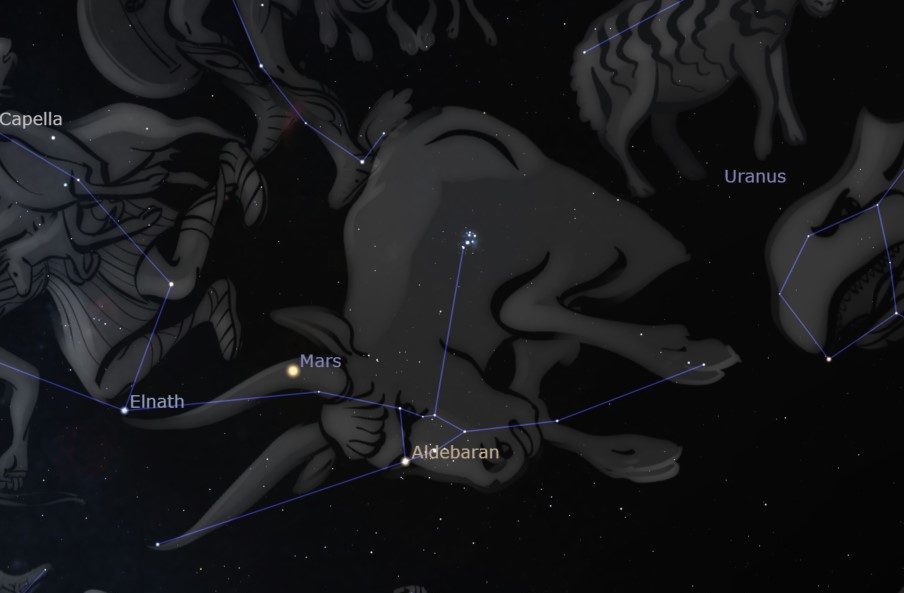
Taurus
The Bull
The best way to find Taurus in the winter night sky is to follow the line formed by Orion’s Belt. On the east, Orion’s Belt points to Sirius, the brightest star in the sky. On the other side, it points to Aldebaran, the brightest star found in the Taurus constellation.
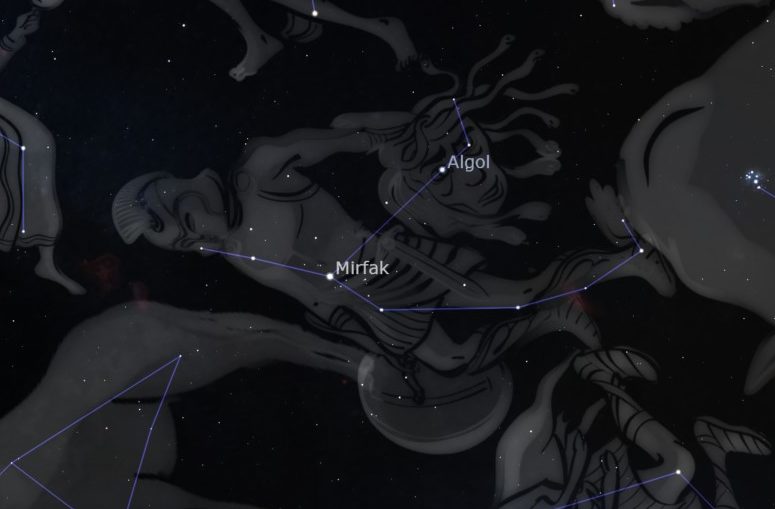
Perseus
The Hero
Perseus, named after the Greek mythological hero, lies in the northern sky, next to Andromeda. It’s actually one of the larger northern constellations, and also gives name to the Perseus family of constellations, which includes Andromeda, Auriga, Cassiopeia, Cepheus, Cetus, Lacerta, Pegasus, and Triangulum.
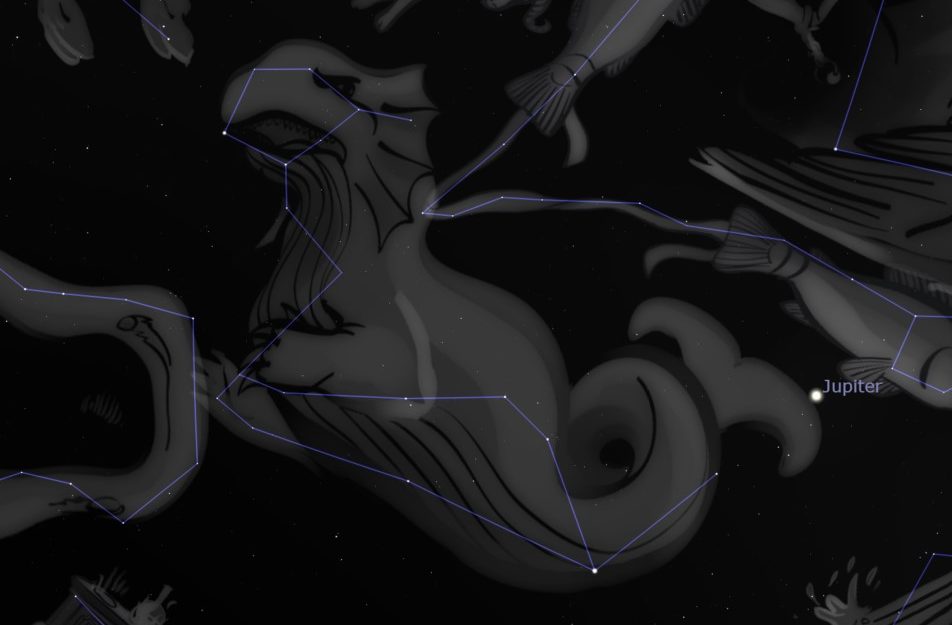
Cetus
The Sea Monster
Cetus is located in the northern sky, next to Eridanus, Aquarius and Pisces. Also known as the Whale, it is the fourth largest constellation in the sky. The constellation was named after Cetus, the sea monster from the Greek myth that tells the story of Andromeda.

